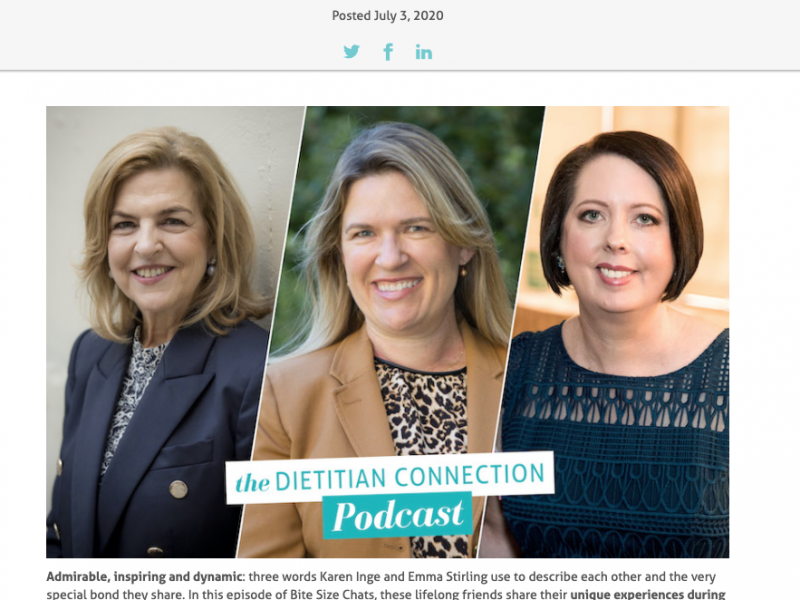Today is the day. After a long, exhaustive review of the scientific literature and countless submissions and consultations, the brand new Australian Dietary Guidelines are here. Now it is very exciting to see an update on our healthy eating advice, but don’t think this is a revolution. Rather a tweaking here and there. I love that they are now based on foods and food groups, rather than nutrients as in the 2003 edition. But what’s really interesting is the scientific findings behind the scenes. So here’s our wrap up of the background and the new official government guides.
Show me the evidence
The revised Australian Dietary Guidelines have been updated with recent scientific evidence about the relationships between food, dietary patterns and health outcomes.
The evidence base has strengthened for:
- The association between the consumption of sugar sweetened drinks and the risk of excessive weight gain in both children and adults
- The health benefits of breastfeeding
- The association between the consumption of milk and decreased risk of heart disease and some cancers
- The association between the consumption of fruit and decreased risk of heart disease
- The association between the consumption of non-starchy vegetables and decreased risk of some cancers
- The association between the consumption of wholegrain cereals and decreased risk of heart disease and excessive weight gain.
When researchers match these recommendations with our current eating patterns, Australian’s need to:
Eat more
- vegetables and legumes/beans
- fruits
- wholegrain cereals
- low fat milk, yoghurt, cheese
- fish, seafood, poultry, eggs, legumes and beans (including soy), and nuts and seeds.
- red meat (young females only)
Eat less
- starchy vegetables (e.g. potatoes)
- refined cereals
- high and medium fat dairy foods
- red meats (adult males only)
- Food and drinks high in saturated fat, added sugar, salt, or alcohol (e.g. fried foods, most take-away foods from quick service restaurants, cakes and biscuits, chocolate and confectionery, sweetened drinks).
The brand new Dietary Guidelines are:
 You can read the full background report and get a feel for what you should be eating in the sample meal plans. Here’s the sample for women aged 19-50 years of a healthy weight (not needing to lose weight):
You can read the full background report and get a feel for what you should be eating in the sample meal plans. Here’s the sample for women aged 19-50 years of a healthy weight (not needing to lose weight):
So it all seems fairly straight forward, right? Well yes and no. Yes, healthy eating largely remains the same. But. Every. Single. Word. Matters. And believe me has been hotly debated. We’re going to track the responses and the debate below in our comments, including your valued thoughts too lovelies. If you’re a healthy eating women like me, is this what your day looks like above?



